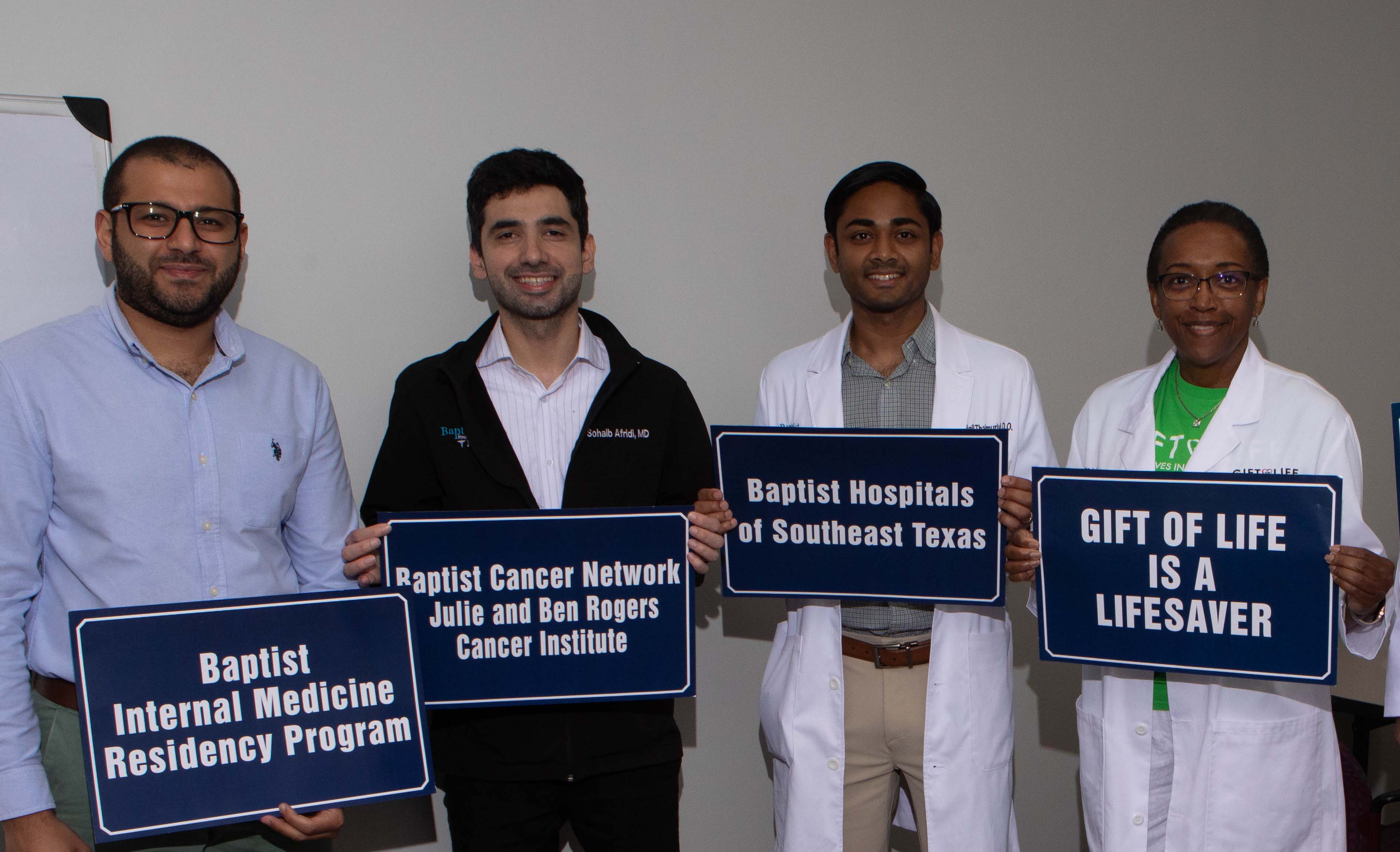Public schools are open
Published 10:50 am Wednesday, October 14, 2015
by Andra Self
School is open. Buses are rolling through Texas neighborhoods, football stadiums are full on Friday nights, and evenings are once again devoted to homework. Yes, schools are open in that sense, but they’re open in other ways that are perhaps even more important to Texans.
Open to all
One of the most significant things about public schools is that they are open to all our children. The public schools in your communities are going to welcome every student who shows up at their doors. Regardless of resources, family background, physical ability, or geographic location, every student can get an education in our classrooms. That’s true because we decided that in this country, it is critical to provide an education for all our children, not just the ones who live under our own roof.
Open governance
Trending
Also, public schools are open in that you and your community govern them. Your tax dollars support the public schools in your community, and those schools are governed by school boards that are elected by you. Therefore, you also have control regarding who serves on the board. Regular elections give you the opportunity to change the decision-makers if you choose, and those serving on Texas school boards serve without pay, generously donating their time for the benefit of the community. Your board meets in open, public meetings; its agenda is posted publicly in advance; and minutes are posted so everyone is informed of the decisions that are made.
Public school districts go to the community for permission to build or improve facilities; therefore, you have a say in those decisions. After the facilities are constructed, they belong to the community. Community groups may use these school buildings after hours, and many public school districts offer community education classes for adults in the facilities.
When parents choose to send their children to schools that are owned by corporations or private entities, much of this transparency is lost. Governing boards for those schools are rarely accessible to parents, and there certainly is very little chance of having a say in who serves on the board that makes the decisions for the school.
Washington ruling
Interestingly, in September, the Washington State Supreme Court ruled that the Washington state voter-approved charter school law is unconstitutional, and charter schools cannot receive taxpayer funding because they are not controlled by a locally elected school board.
The court said that a charter school cannot define itself as a public school because it is not run by a publicly elected board.
The ruling went on to say that charter schools were meant to provide parents with more options regarding the schooling of their children, but the new schools came with a trade-off: the loss of local control and local accountability. It described the schools as devoid of local control from their inception to their daily operation.
Openness
As parents search for the best schools for their children, it’s important to consider the value of an open governance structure, a system that allows for parents’ input and participation. The public schools in your community are designed to be accountable to the public that funds them. While we don’t often think of the benefits of public meetings, publicly posted agendas and minutes, and regular elections of those who serve as trustees, it is important to consider these things before blithely moving to for-profit schools, which have little or no transparency.
Public schools are open—open for classes, open to all students, and open in their governance structure. Take some time to check them out. The closer you get to Texas public schools, the better they look.
Andra Self is President of the Texas Association of School Boards (TASB) and serves on the Lufkin ISD Board of Trustees. TASB is a nonprofit association established in 1949 to serve local public school districts. School board members are the largest group of publicly elected officials in the state. The districts they represent serve more than 5.2 million students.



